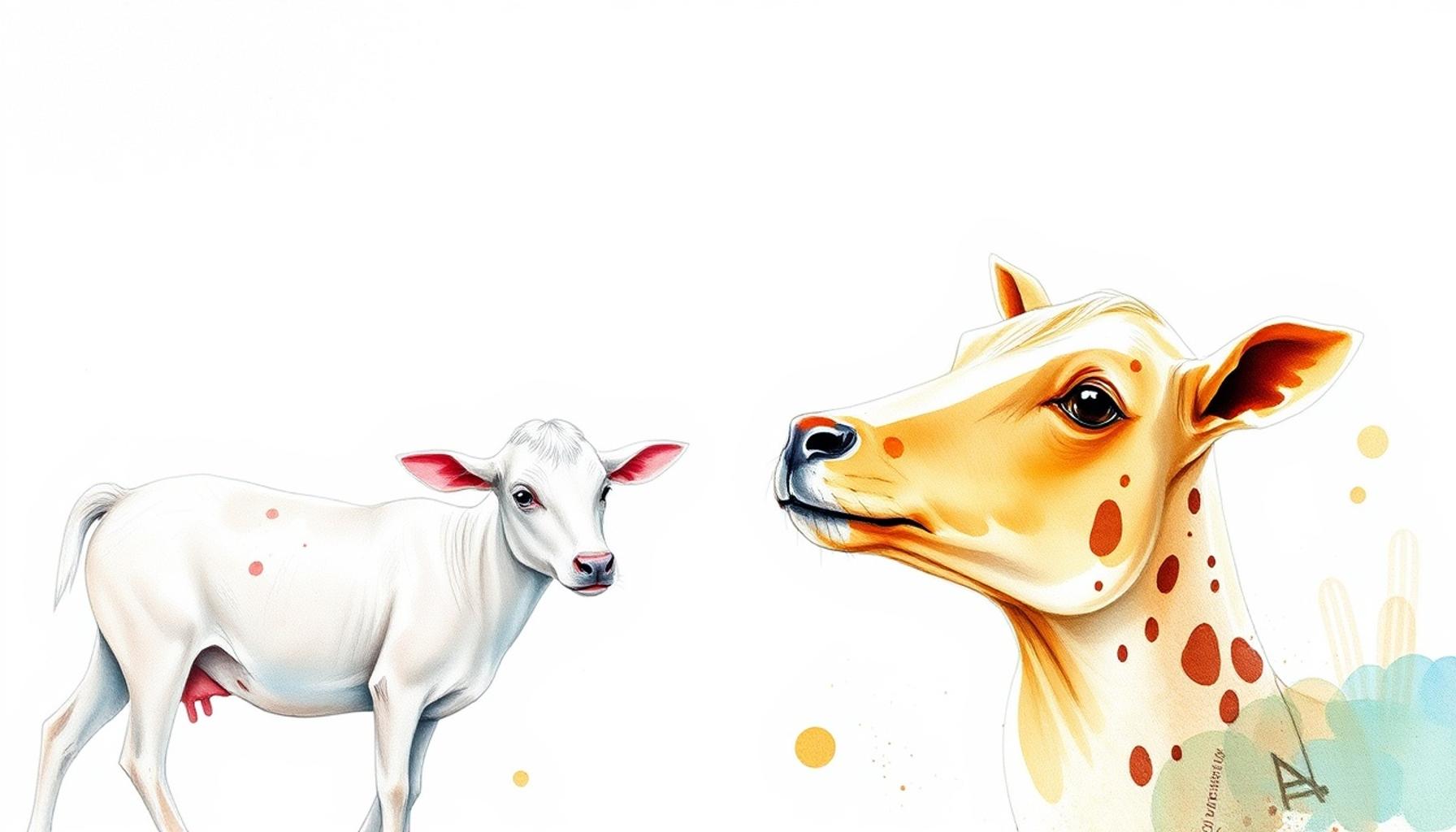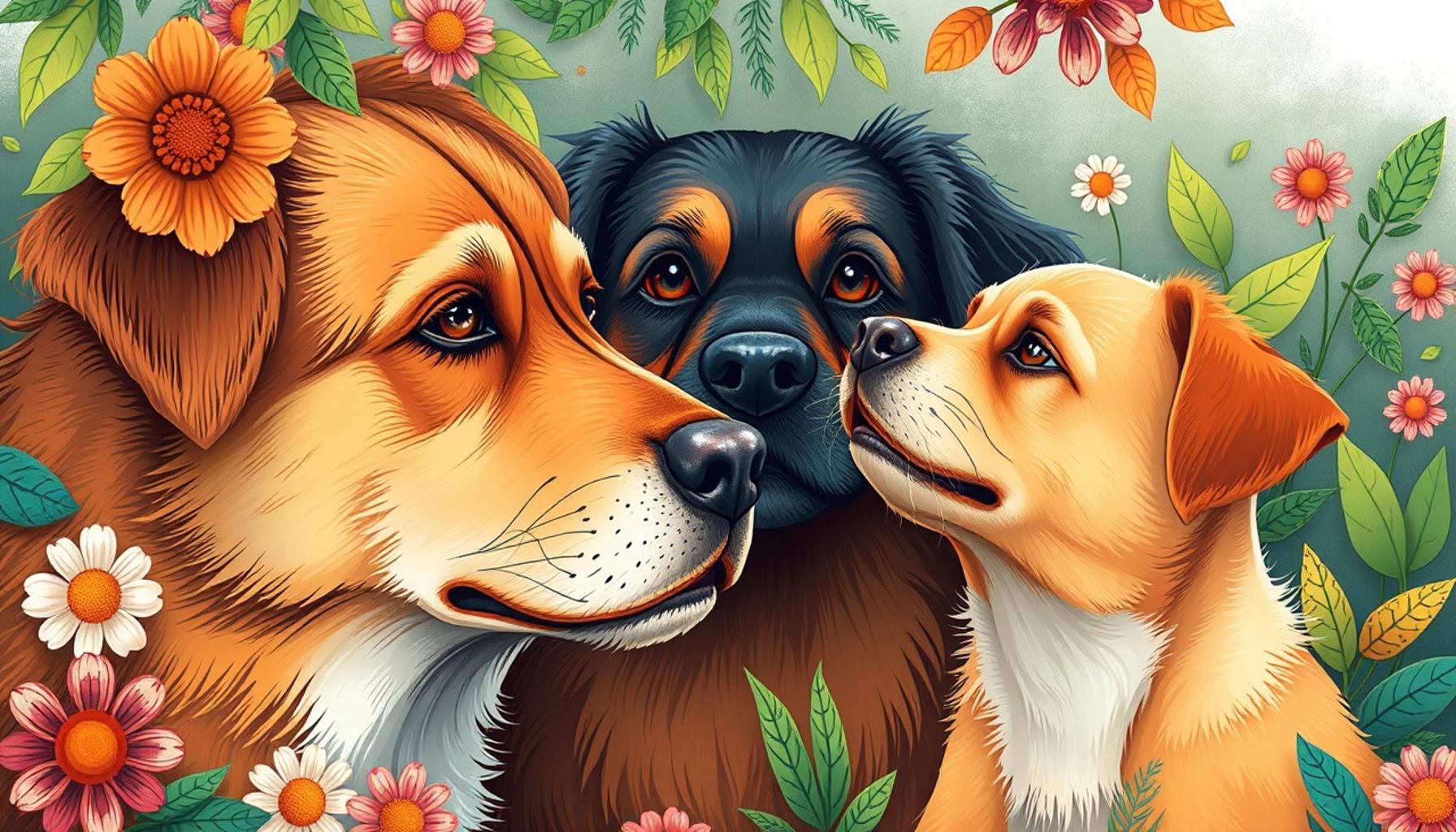Dog Training Methods for Specific Behaviors: How to Teach Fun Tricks

Unlocking New Tricks for Your Canine Companion
Teaching your dog new tricks goes beyond just having fun; it opens doors to a richer and more fulfilling relationship between you and your four-legged friend. The process of training can transform daily interactions into extraordinary experiences, making each session a delightful adventure of discovery and growth.
The Importance of Teaching Tricks
So, why invest time in teaching your dog various tricks? Here are several compelling reasons:
- Strengthened Bond: Participating in training sessions fosters a deeper connection with your dog. As you work together to master new skills, you build trust and affection, essential elements in any pet-owner relationship.
- Mental Stimulation: Dogs thrive on mental challenges. By teaching tricks, you provide them with stimulating activities that keep their minds engaged and sharp. Tricks like weaving in and out of your legs or finding hidden treats can be both fun and rewarding for them.
- Socialization Skills: Training can greatly improve your dog’s ability to interact positively with other animals and humans. A well-trained dog is more likely to be confident in social situations, reducing anxiety and potential behavioral issues.
Popular Tricks and Training Methods
In Nigeria, dog owners are increasingly blending traditional and contemporary training techniques to create effective methods for fostering good behavior. This dual approach does not only promote discipline but also adds an element of fun to the training process. Some popular tricks to teach include:
- Rolling Over: This classic trick showcases your dog’s agility and makes for a crowd-pleaser at gatherings. With a few treats and some patience, you can have your dog rolling over in no time.
- Playing Dead: This dramatic trick can be a crowd favorite and adds a layer of entertainment to your training routine. It engages your dog’s instinct to follow commands, enhancing their responsiveness.
- Fetching Specific Items: Incorporating this trick not only sharpens your dog’s retrieving skills but also helps with problem-solving. Teach your dog to fetch items like your slippers or a specific toy, which can come in handy during everyday tasks.
Embarking on Your Training Journey
As you explore various dog training methods, it’s essential to identify techniques tailored to suit your dog’s personality and learning style. For instance, some dogs may respond better to positive reinforcement strategies, while others may thrive under a more structured command-based approach.
As you embark on this exciting training journey, remember that patience and consistency are key. Rewarding your dog with treats, praise, or playtime for successful completions of tasks will enhance their learning and strengthen your bond. By the end of this journey, not only will your dog showcase impressive new tricks, but you’ll also have created cherished memories that last a lifetime.
With these insights in mind, you are well equipped to start this rewarding endeavor of training your canine companion, transforming both your lives in the process.
LEARN MORE: This related article may interest you
Effective Techniques for Teaching Your Dog New Tricks
When it comes to teaching your dog fun tricks, selecting the right dog training methods can significantly influence the success of your training sessions. Various techniques can effectively cater to different breeds and personalities, ensuring that the learning experience is enjoyable for both you and your canine companion. Here are some of the most popular and effective methods:
Positive Reinforcement
Positive reinforcement is one of the most widely recognized training methods and involves rewarding your dog for desired behavior with treats, praises, or playtime. This approach taps into your dog’s natural instincts to seek rewards, making them more likely to repeat the behavior. For instance, when teaching a dog to roll over, you would:
- Start by having your dog lie down.
- Use a treat to lure them onto their side, saying the command “Roll Over.”
- Once they complete the roll, immediately reward them with a treat and verbal praise.
Repeating this process will gradually help your dog associate the action with the command, reinforcing their learning experience.
Clicker Training
Another method that has gained popularity among dog trainers is clicker training. This technique utilizes a small handheld device that makes a clicking sound to mark desired behaviors. The sound serves as a precise cue that the dog did something right, followed by a reward. For example, when teaching “Play Dead,” you can:
- Get your dog to lie down.
- When your dog rolls onto their back, click the clicker and offer them a treat.
Using the clicker with consistency during training sessions will help your dog understand which actions earn rewards, resulting in quicker learning.
Task Shaping
Task shaping involves breaking down a complex trick into smaller, manageable tasks that can be learned over time. This method is particularly effective for intricate tricks that can overwhelm a dog if taught all at once. When teaching your dog to fetch specific items, for example, you would:
- Start by encouraging them to pick up a toy.
- Gradually introduce commands for fetching—first for the toy itself and then slowly integrating the specific item name.
This step-by-step approach allows your dog to gain confidence and mastery over each small task before tackling the next one, leading to a satisfying learning process.
Utilizing Traditional Commands
Blending traditional commands with fun activities can also enhance your dog’s overall training experience. For instance, teaching the trick of “Speak” not only entertains but also reinforces basic commands. Using these methods can greatly improve your dog’s communication skills, paving the way for a more responsive and well-behaved pet.
Through these diverse dog training methods, you can create an enriching environment for your dog to learn exciting new tricks. Whether through positive reinforcement, clicker training, task shaping, or traditional commands, adapting the training to suit your dog’s individual learning style can lead to remarkable results. Understanding each technique’s foundational principles will pave the way for positive interactions that foster a rewarding partnership.
| Training Method | Description & Benefits |
|---|---|
| Clicker Training | A positive reinforcement method that uses a click sound to mark desired behaviors. This creates a clear and immediate connection for the dog between the action and the reward. |
| Luring | Luring involves using treats or toys to guide the dog into performing a specific action. This method helps build a strong bond while training fun tricks like spinning or weaving through legs. |
| Shaping | This involves rewarding successive approximations of the desired behavior. For example, rewarding a dog for simply approaching a target before expecting them to perform a trick. This fosters creativity in your dog and enhances their problem-solving skills. |
| Modeling | In this technique, a trainer demonstrates the desired behavior, allowing the dog to observe and imitate. This method can be particularly effective for complex tricks, promoting quicker learning through observation. |
LEARN MORE: This related article may interest you
Engaging Techniques for Teaching Your Dog to Perform Tricks
Incorporating various techniques into your training sessions allows you to teach your dog fun tricks that not only entertain but also create a strong bond between you and your furry friend. Another aspect to consider is the environment in which training occurs, as it can either facilitate or hinder your dog’s learning process. Below, we will explore additional methods and tips that can enhance your dog’s training experience.
Imitation Learning
Imitation learning is a powerful technique that allows dogs to learn tricks by observing the behavior of other dogs or even humans. This method is particularly interesting in a group training setting or among family members. If you have another dog that already performs a certain trick like “shake hands,” you can utilize this technique effectively:
- Have the demonstrator dog perform the trick while the observing dog watches.
- Reward the observing dog whenever they try to mimic the behavior.
This method taps into the dog’s natural curiosity and desire to interact with peers, making it an enriching experience. In Nigeria, it can also be an opportunity to involve the community, inviting friends over for a ‘training day’ to encourage socialization and learning.
Consistency and Patience
When embarking on the journey of teaching your furry companion new tricks, consistency and patience cannot be overstated. Establishing clear cues and maintaining a steady training schedule helps reinforce learning. Dogs thrive on routine, and it can be beneficial to dedicate the same time each day for training. Start with short sessions that don’t overwhelm your dog. For example:
- Engage in 5-10 minute training sessions during cooler parts of the day to keep your dog comfortable. In places like Lagos or Abuja, where heat can deter activity, training in the early morning or late evening can provide a pleasant experience.
- Limit distractions in the environment to maintain focus; this can be achieved by training in a secluded yard or quiet room.
Advanced Trick Training: Combining Skills
Once basic tricks are mastered, you can challenge your dog with advanced tricks that combine several skills. For instance, teaching your dog to “Weave Between Your Legs” is not only entertaining but can also improve their agility and focus. Here’s how to break it down:
- Start by having your dog sit at one end of your legs.
- Use a treat to guide them to weave through while moving forward.
- Reward them for successfully weaving through each time.
By progressively linking simple tricks to create complex routines, you not only broaden your dog’s skill set but also provide mental stimulation that is crucial in curbing undesirable behaviors.
Social Reinforcement and Group Training
Social reinforcement can play a significant role in your dog’s learning process. Encouragement from fellow pet owners or friends during training can bolster your dog’s motivation. Group training classes can also enhance social skills, creating camaraderie among participants. In cities hosting dog training clubs or classes, getting involved could yield numerous benefits:
- Learn from experienced trainers who can provide insights into specific dog behaviors unique to local breeds.
- Observe different training methodologies that might resonate better with your dog.
By fostering a fun, safe, and interactive environment, you set the stage for your dog to enjoy learning and performing fun tricks. Engaging with not only your dog but also the community can create lasting memories as you both embark on this journey of discovery and learning together.
LEARN MORE: This related article may interest you
Conclusion: The Joy of Teaching Your Dog Fun Tricks
Dog training is an enriching experience that deepens the bond between you and your canine companion while providing mental stimulation that is essential for their well-being. By implementing diverse dog training methods, such as imitation learning, consistency, and group training, you can effectively teach your dog a variety of fun tricks that entertain and engage them. Each technique offers unique advantages, allowing your dog to adapt and grow in a manner that suits their personality and learning style.
As you navigate the training process, remember that enduring patience is key, especially in a vibrant environment like Nigeria, where community interactions can enhance the experience. Engaging with fellow dog owners during training not only fosters a supportive atmosphere but also encourages healthy socialization for your pet. Whether teaching your dog dazzling tricks like “roll over” or complex routines like “weave between your legs”, the joy comes not just from the tricks themselves but the shared moments you create.
The journey of teaching your dog fun tricks is an ongoing adventure filled with challenges and triumphs. As you cultivate these skills, both you and your dog will discover new layers of communication and trust. So grab those treats, get creative with your training sessions, and watch your dog shine as they master the delightful tricks that make both of you proud. Dive deeper into the world of canine training methods to continue enhancing your dog’s behavior and skills, ensuring a happy and fulfilling life together.


